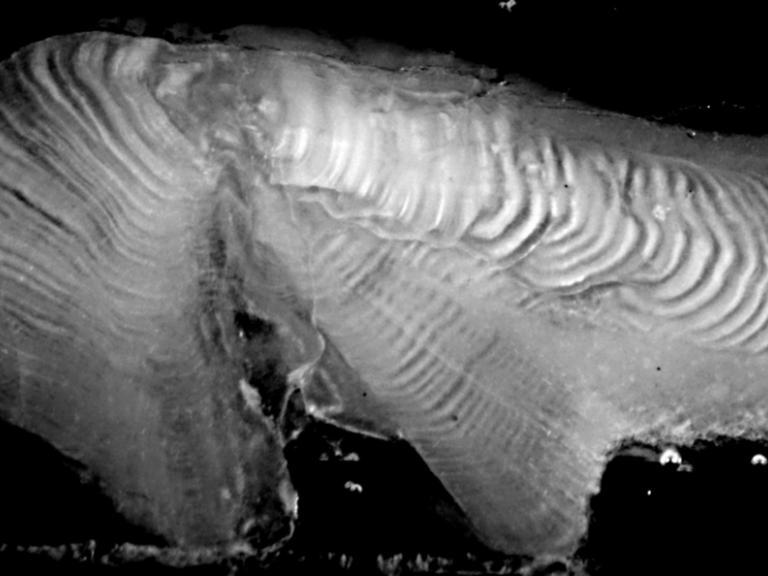
A warming climate will have a positive impact on the productivity of lake trout in the northernmost regions of Canada, at least in the short run. This will appear in faster growth and the trout spreading to more lakes in the area. This has been established in extensive research by scientists that has been ongoing for 15 years, involving a great number of lakes that have not been studied like this before. These conclusions are discussed in an article in the latest issue of the scientific journal Nature Climate Change. Steven Campana, Professor in the Faculty of Life and Environmental Sciences at the University of Iceland, was the first author.
Canadian by birth, Steven Campana has been working at the University of Iceland for the last five years. Along with Canadian and American colleagues he has studied lakes in the remote northern regions of Canada; 2000 km. north of Toronto. “To call these lakes remote is an understatement; we were 200 km from the nearest person. This area is home to the musk ox, reindeer, foxes and wolves – regular visitors at our camps,” says Steven and adds that “it appears likely that the researchers were the first human beings to have ever visited the lakes. Ever.”
These lakes are home to a species of trout that can grow up to a metre in length and reach weights of up to 35 kg. These fish are closely related to the Arctic char, found all over the Arctic, for example in Icelandic lakes. These lakes are mostly unfished, due to their extreme remoteness. This will probably change as the climate warms. The scientists fear that the trout will be very sensitive to overfishing because they grow very slowly.
Trout can become up to 65 years old
The research has been going on for fifteen years, and during that time the group caught and measured 4.600 trout from 55 lakes. “We used small inflatable boats and nets to catch the trout. The trout were both larger in size and numbers than in lakes further south,” says Steven
Special emphasis was placed on studying otoliths, found in the skulls of fish. The otoliths form rings indicating age. “The otoliths from the lake trout showed they can become up to 65 years old, much older than in fish in lakes further south, or in lakes that are more intensely fished,” Steven points out, but determining the age of fish is one of his areas of expertise.

